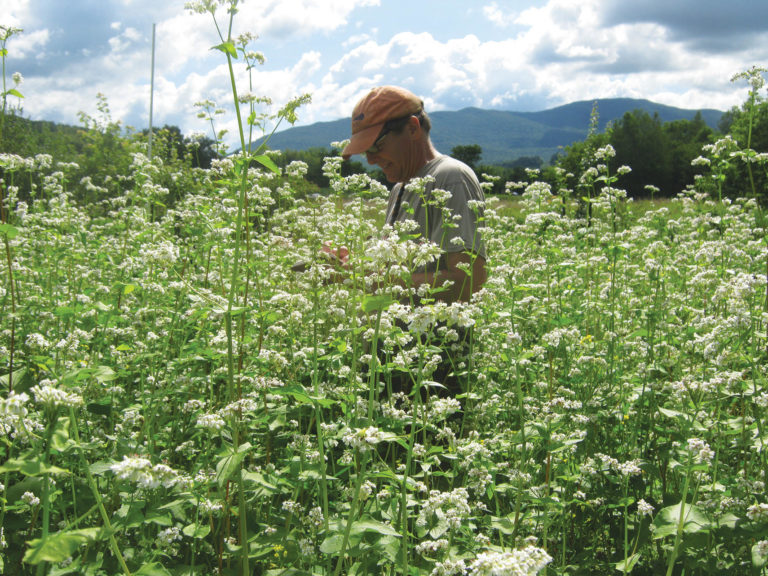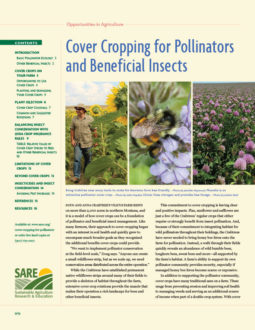You may be asking yourself, "If cover crops are so great, why doesn’t everyone use them?” While some farmers may not know where to start, perhaps the greater barrier to adoption is that the financial and environmental benefits of cover cropping oftentimes accrue gradually [22, 23, 24], while the startup costs in time and money are immediate. State and federal agricultural incentive programs which offset this initial investment can be very successful in encouraging the use of cover crops [22].

Of course, not all systems are equally suited to cover cropping. In some cases, existing long-season cash crop rotations may not be compatible with cover crops. In other regions, a cover crop’s water usage may hurt cash crop yields [23]. This impact can be mitigated to some extent by terminating a cover crop well prior to establishing a cash crop, allowing soil water to recharge. Additionally, over the long term, cover crops increase soil organic matter, soil water infiltration and soil water capacity. Initial declines in available water are often offset by later, long-term increases [23].
Other limitations of cover crops include expenditures for new equipment, more complicated management practices and time spent seeding and terminating cover crops rather than managing cash crops [23]. It is important to run the figures for your own operation to decide if cover crops are right for you. Should you decide that the benefits outweigh the drawbacks, plan to ease into cover cropping, starting with a small area and gradually expanding your cover cropped land as you get the hang of it.
